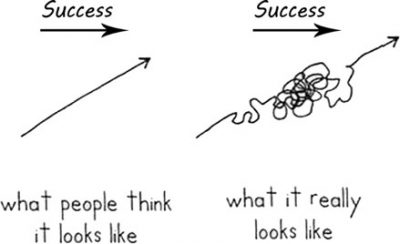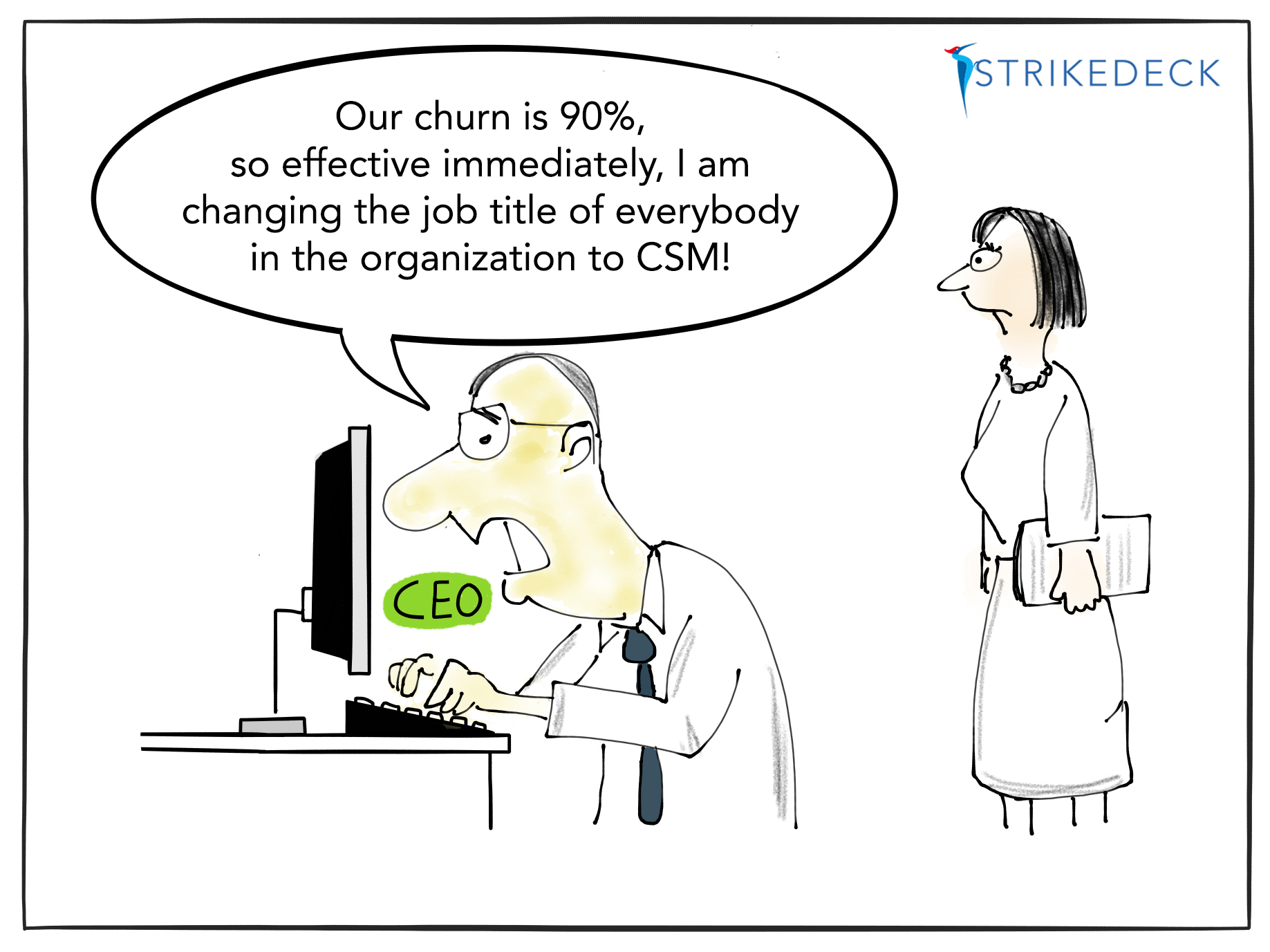What does customer success mean to you?
“Each ‘transaction’ or touch point is a moment of truth, that defines a specific point in the experience where the enterprise has opportunity to impact the experience in a positive or negative way and can have a significant impact on the future of the relationship.”
In 2019 I wrote a little about the customer journey and navigating the path to purchase. One point was that the customer experience is multidimensional and it is not just about what users and shoppers say or do, it is about why they say, feel, do and think what they do, so we can empathise with them and transform that human understanding into new better experiences.
Being multidimensional doesn’t just refer to the customer, its about the multiple touchpoints in an experience and the multiple people in a team that can affect the experience and deliver customer success. Wayne McCulloch (Head of Customer Success at Google Cloud SaaS), author of The 7 Pillars of Customer Success talks about one of the keys to creating loyal, lifelong customers. Your Customer Success (CS) team. To accomplish this, they must help deliver on the promise of why the customer became a customer in the first place.
“This requires deep investment into the entire customer journey. In fact, it means being so immersed in the customer’s journey, CS becomes more than simply available and trusted. It becomes deeply strategic and valued.
In the role of strategic advisor, CS becomes so much more than a problem solver or even afterthought to performing any function that serves your customers’ best interests. Beyond onboarding and adoption and beyond retention and expansion, we must become true partners in our customers’ success.”
What drives customer success?
Brand unity – comprising each individual in an organisational group, which is part of one of many touch points delivering towards the whole brand experience. For many clients that we work with, this includes teams across customer service, sales, distribution, executive, digital, finance (yes even those in the background) and many more. As Wayne says ‘being deeply immersed in the customer journey’.
A simple example, a personalised email from finance when sending an invoice mentioning something about a project we are working on and thanking the client for their custom. While not always feasible for large organisations, reviewing the format of an invoice to add a more personal touch or message, may surprise and even delight the customer.
How do we measure success?

We need to find the right metrics relevant to your customer and what’s right for your organisation.
What measures do you use? How and why do you use them? Are they staff performance measures, ROI on tactical marketing outputs, or are you measuring the impact of campaigns or a strategic plan?
We should also consider experience data + operational data.
Experience data refers to customer experience metrics such as satisfaction, recommendation score, performance measures, intent to buy again.
The key recommendation score – NPS (net promoter score) is an interesting and somewhat volatile metric, often influenced by a number of factors and potentially a shallow measure.

In a research study presented at the Research Society Conference in 2019 stated that 1 in 3 are not likely to recommend. They would give 0 if asked. Not because the brand isn’t good, but because they don’t like to recommend generally.
This study also considered buyer interest and frequency of use. For example if a customer uses product x all the time, might they be less inclined to recommend because they use it all the time and there was nothing new or exciting in their last transaction? Compared to those who do not use as often, rating higher due to complacency or unconscious engagement.
It’s critical to explore why a recommendation score is given to help unpack the influencing factors. C Space – A customer agency in the US completed a study on the NPS with the outcome of a new measure called ‘earned advocacy score’ focusing on customer’s actual behaviours – ‘did you tell someone to buy us’?, rather than measuring intended behaviours – ‘how likely would you be to recommend?’.
The earned advocacy score;
- Takes the percentage of active encouragers (those who have actually recommended to someone), and…
- Subtracts the percentage of active discouragers (those who have actually discouraged someone to buy)
The customer effort score is another measure based on how much work a customer has to do through an interaction with the brand, commonly measured around issue resolution to determine friction points along the journey. BUT does high effort equate to dissatisfaction or disloyalty? Not if the effort is worth it (who else loves building IKEA furniture?). Or does a lower effort equate to a higher experience?
Then there is future intent – those that state high likelihood to stay, actually don’t know why – therefore they are not in fact committed.
To fully understand these measures, we must understand the context around it and potentially bring in multiple metrics to gain a complete picture. Which is the strongest VOC (voice of customer) metric to articulate their CX? A good plan is to test the metrics with customers to understand which of these best helps the customer tell us about their brand experience.
Further to complete this picture, is the operational data, which relates to the organisational structure, processes and transactional data. Examples are much related to website experience (such as clicks, time on page, visitor intent and cart abandonment rate) customer service interactions (first contact issue resolution), and importantly, customer retention and churn rates.
This Forbes article discusses the 20 (yes T W E N T Y!) best customer experience metrics for your business. While not all metrics would be relevant to all businesses, it certainly gives us a smorgasbord to choose from.
At the end of the day, it’s about aligning what is right for your business with how your customer can articulate their experience. Measuring the voice of your customer, understanding the moments of truth which is what creates a perception of the experience to the customer. Don’t just use one metric, understand the whole picture.
In the words of Wayne McCulloch:
“Ask your customers what they want and then give it to them. Deliver on the value and promise of why they became a customer in the first place.”
Key image courtesy of Strikedeck.com




